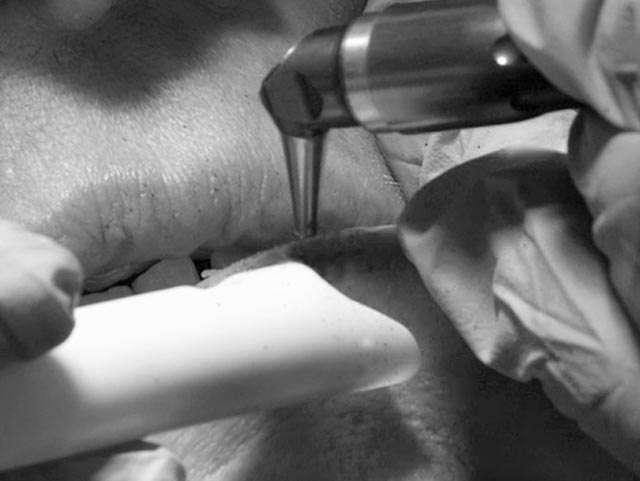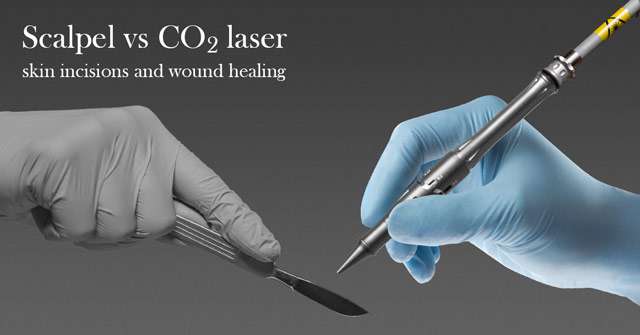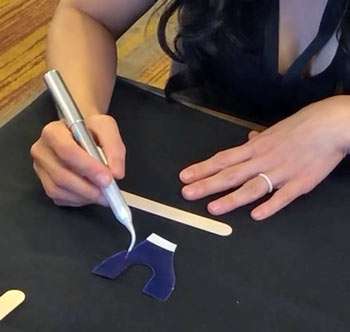Latest in Surgical CO2 Laser
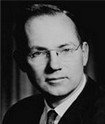
History of the Surgical CO2 Laser
The Dawn of Laser Technology (1950 - 1960s)
The late 1950s and early 1960s were a revolutionary period for optical technology. Scientists in the United States and the Soviet Union were racing to develop laser technology. Charles Townes, Arthur Schawlow, Gordon Gould, and Theodore Maiman in the U.S., and Alexander Prokhorov and Nikolay Basov in the USSR were the pioneers who laid the foundational work for lasers.
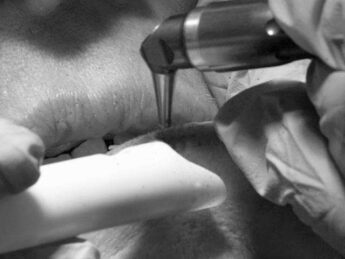
Aerosols, viruses and laser plume management for LightScalpel, VetScalpel, Aesculight and Luxar surgical CO2 lasers
ANSI Z136.3 Standard for Safe Use of Lasers in Health Care () defines laser plume as one of the non-beam laser hazards since it contains viral, bacterial, and other cellular and aerosolized particulates. ANSI Z136.3 Standard also specifies safety measures to mitigate the laser plume hazards, i.e. the mandatory use of Local Exhaust Ventilation (LEV) device equipped with a proper filter (with ANSI Z136.
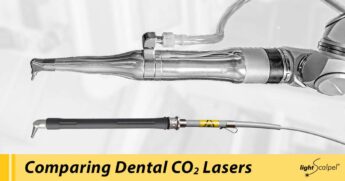
Comparing Surgical CO2 Lasers
and have been made in the USA for almost 30 years (Luxar and NovaPulse in the past; now LightScalpel®). They have been widely used in a variety of medical specialties.
Competitors / imported surgical CO2 lasers occasionally enter the USA market and leave shortly thereafter. This manufacturer uses old articulated arm technology (inherited from the 1980s).
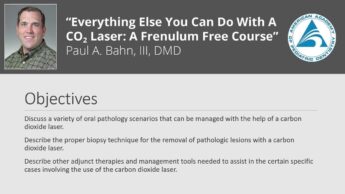
Everything Else You Can Do with a CO Laser: A Frenulum Free Course
Did you miss this excellent presentation? "Everything Else You Can Do with a CO Laser: A Frenulum Free Course" by Paul A. Bahn, III, DMD, was recorded at the AAPD in May 2022. You can purchase this presentation as part of the package "" (it includes 3 other presentations as well). For AAPD members the package costs $120 for non-members it is $170.

Everyday LightScalpel Soft Tissue Dental Surgery
is a US-based designer and manufacturer of state-of-the-art, high-precision, durable, and highly ergonomic CO2 lasers with exclusive flexible fibers. LightScalpel lasers deliver predictable and repeatable tissue response, fast ablation, and instant hemostasis. The extremely precise cutting, minimal collateral damage, clear and bloodless operating field, and minimal postoperative pain make the LightScalpel CO2 laser the tool of choice for several everyday dental procedures.
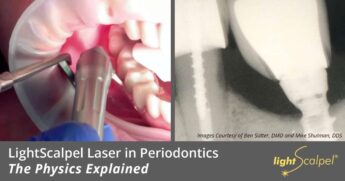
LightScalpel Laser in Periodontics – The Physics Explained
Dozens of articles and studies have been published on the use of diode, Nd:YAG, and erbium lasers in scaling and root planning for the treatment of periodontitis. The JADA has published a systematic review and meta-analyses. These all note that the use of diode, Nd:YAG, and erbium lasers, have a chance of bias, the results are inconsistent, and they offer minimal to no benefit.
